CanJam SoCal 2021 IEM Impressions
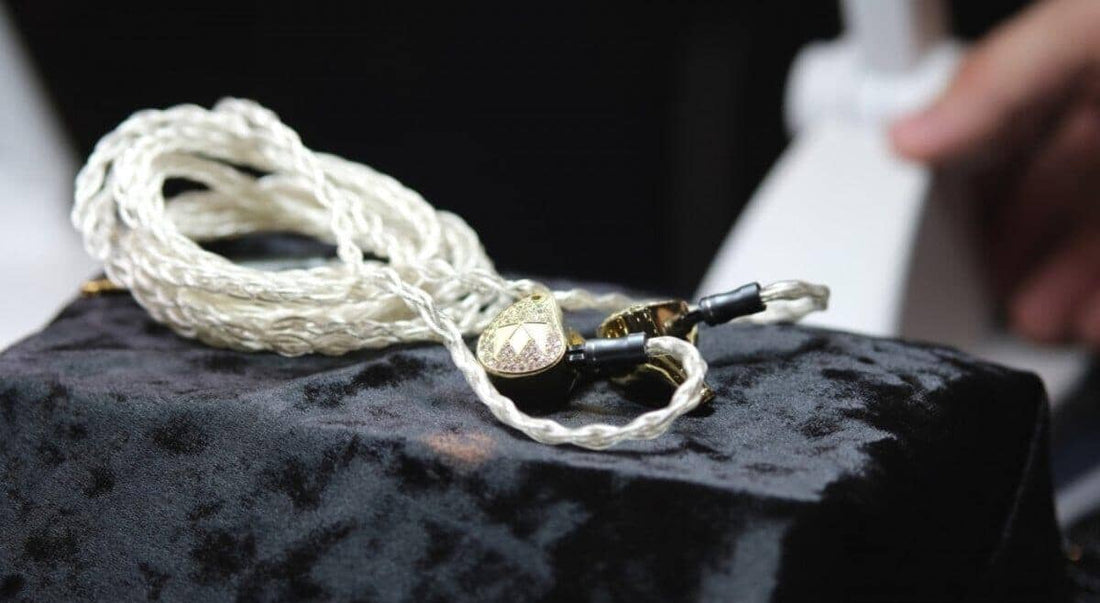
Introduction
Hey everyone, it's your friendly IEM reviewer Precogvision here. Some readers might not know this, but I'm actually a pretty recent face to the audio hobby! That in mind, CanJam SoCal 2021 is the first audio convention that I have attended due to the global pandemic that has, thus far, put a stopper on any such endeavors. It's also no secret that because of this extended "hiatus", many manufacturers that have kept their heads tucked working on new products the past year or two are rearing to release them at this show. So for a multitude of reasons, needless to say that I was a bag of nervous excitement going into CanJam SoCal 2021. I was also worried about time constraints; after all, it's far too easily to get caught up talking with people instead of actually listening to the new gear! Luckily, while lots of conversation did commence - and it was awesome meeting so many new people! - I managed to go through pretty much every IEM at the show that I was interested in. You can read an aggregate of my impressions from Day 1 below.
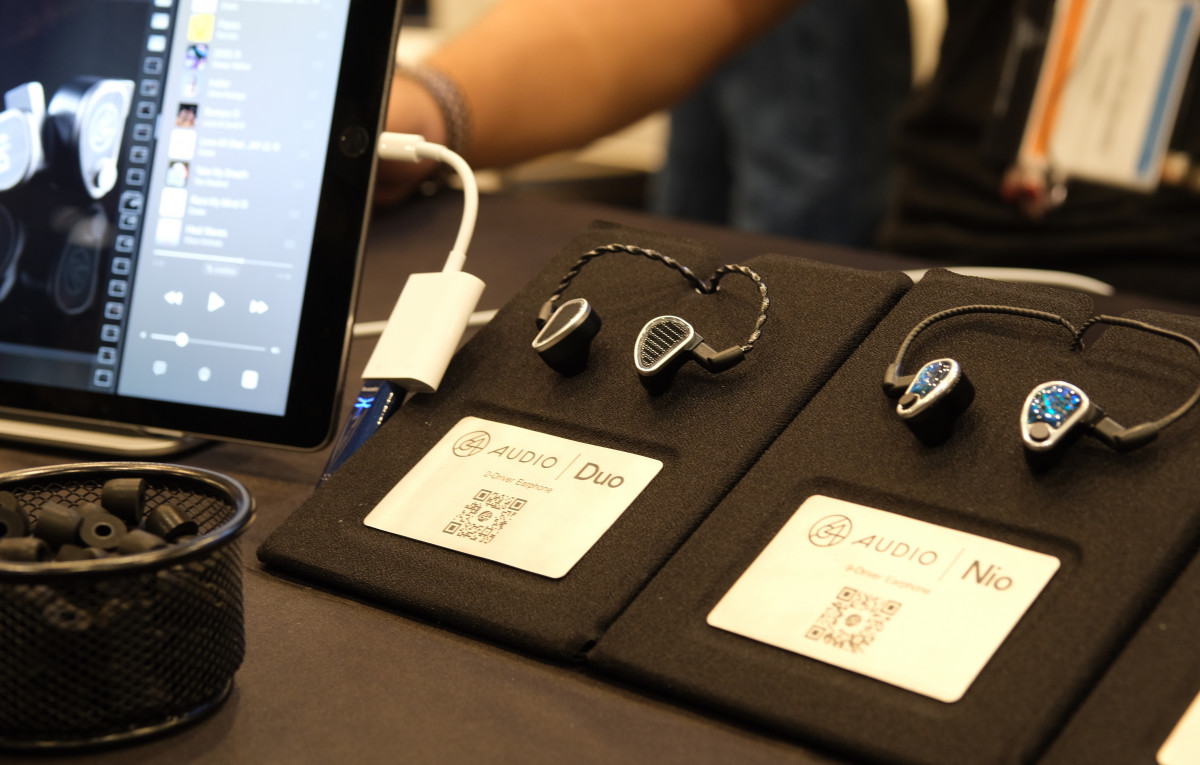
Expectedly, the Duo was the star of the 64 Audio booth for me today by virtue of it being the Washington-based company's latest release. The Duo is a two-driver setup that meshes a single dynamic driver with the company’s proprietary tia BA.The overall tonality is very much reminiscent of the 64 Audio Nio sub-1kHz with the presence of a dynamic driver that’s happy to make itself known. I say this because the Duo might even sport more mid-bass than the Nio; bass sounds very full and rotund. But the most interesting aspect about the Duo would be its midrange. The fundamentals of the tia driver have not changed - it’s still being used as a tweeter - so the dynamic driver tokens both the bass and the midrange frequencies. I cannot deny that it lends the midrange to a very smooth, natural presentation; however, clarity is clearly impacted. The treble response is reminiscent of 64 Audio’s other IEMs with a lower-treble emphasis, a dip throughout the mid-treble, and then a sharp rise to the air frequencies for some zing. A smooth, bassy, and easy-going tonality overall.
Outside of this, the Duo manages to circumvent the traditional imaging limitations of most low-driver count IEMs thanks to its considerably open design; 64 Audio’s Apex technology is implemented via the Duo’s grills (which look awesome, if I do say so myself!) instead of the cylindrical modules that readers might be more familiar with. Dynamics are generally softer; however, with the good sense of physicality that characterizes the 64 Audio Nio from memory. I’ll need to give this another listen tomorrow, but so far first impressions point to this being expectedly solid but not necessarily groundbreaking sound-quality wise.
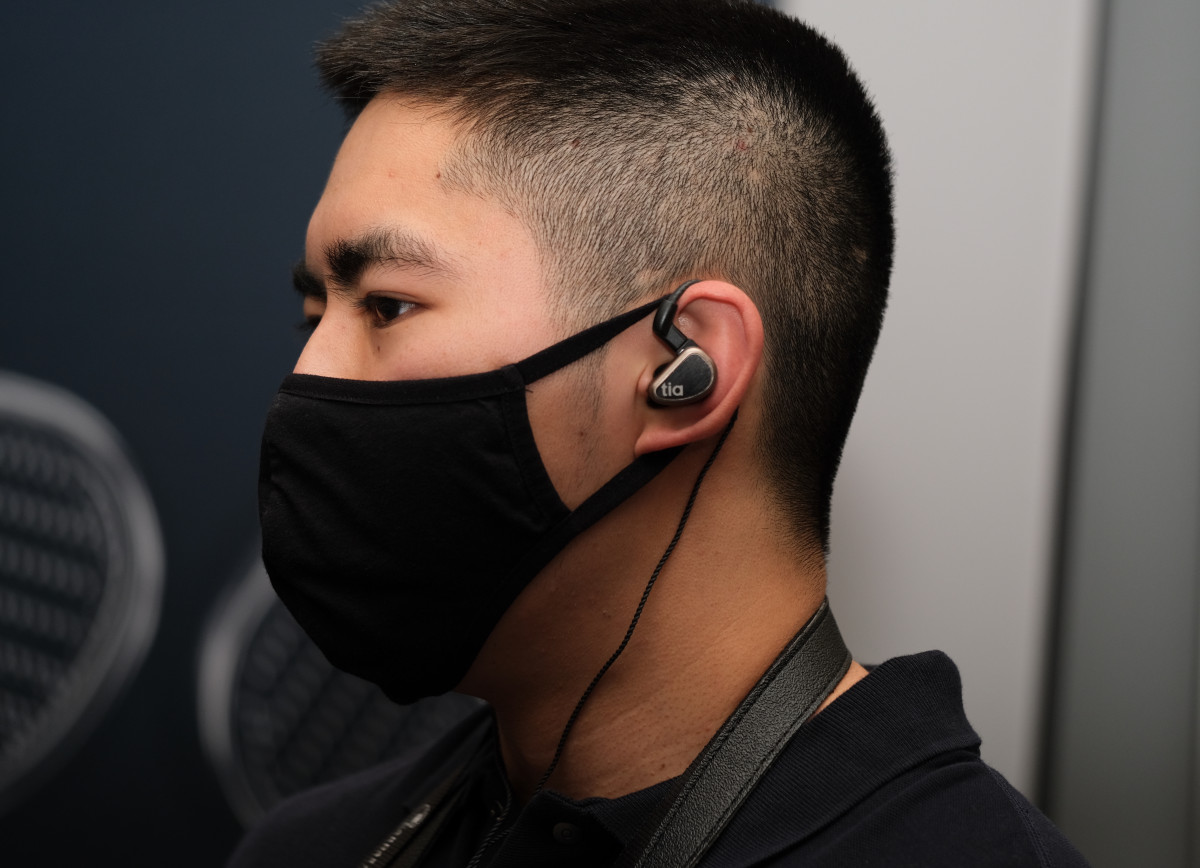
I was also able to give the Tia Trio a listen again. I’d say this is still my second favorite 64 Audio IEM after the U12t. The bass on it is absolutely terrific; slightly soft in attack but with great control and a tasteful sense of richness. Honestly, I didn’t notice the recession at 1kHz very much this time, mainly only noticing the lack of lower-treble which lends the Tia Trio’s treble to some unwanted spice. Outside of this, it was fun to hear the great imaging, detail, and resolution of the Tia Trio again.
Astrotec Phoenix
I heard this at the Awedyo Audio booth. The Phoenix is an upcoming IEM from a relatively unknown brand called Astrotech. It is a tribrid that meshes DD/BA/EST with a price that is currently undetermined. The overall tonality here was a pretty “generic” V-shape. The bass itself was not very good, reminiscent of cheaper, sub-$200 DDs that I’ve heard. Then there was good amounts of upper-midrange and lower-treble presence which ultimately came off fatiguing. Quite frankly, I would not have guessed that this IEM had an EST tokening the treble either. It sounded slow and not much different from a BA in timbre.
DUNU Proto IEM
Tom from DUNU gave me the opportunity to hear an IEM that they’ve been working on. It is a 2DD/4BA configuration with a currently undetermined price. The overall tonality here is actually quite good, coming across as neutral with sub-bass boost. I’d say lower-mids are generally flat, perhaps with just a hint of warmth past 200Hz and then the pinna compensation that characterizes IEMs like the B2:Dusk. Treble is also smooth and devoid of any nasty dips or peaks; it could, of course, benefit from some more extension. But not bad at all. As far as I’m concerned, the real issue with this IEM is its intangible performance. The bass sounds quite dry for a dynamic driver and the midrange and treble are characteristically BA in timbre. But I digress. Plenty of potential here with some refinement.
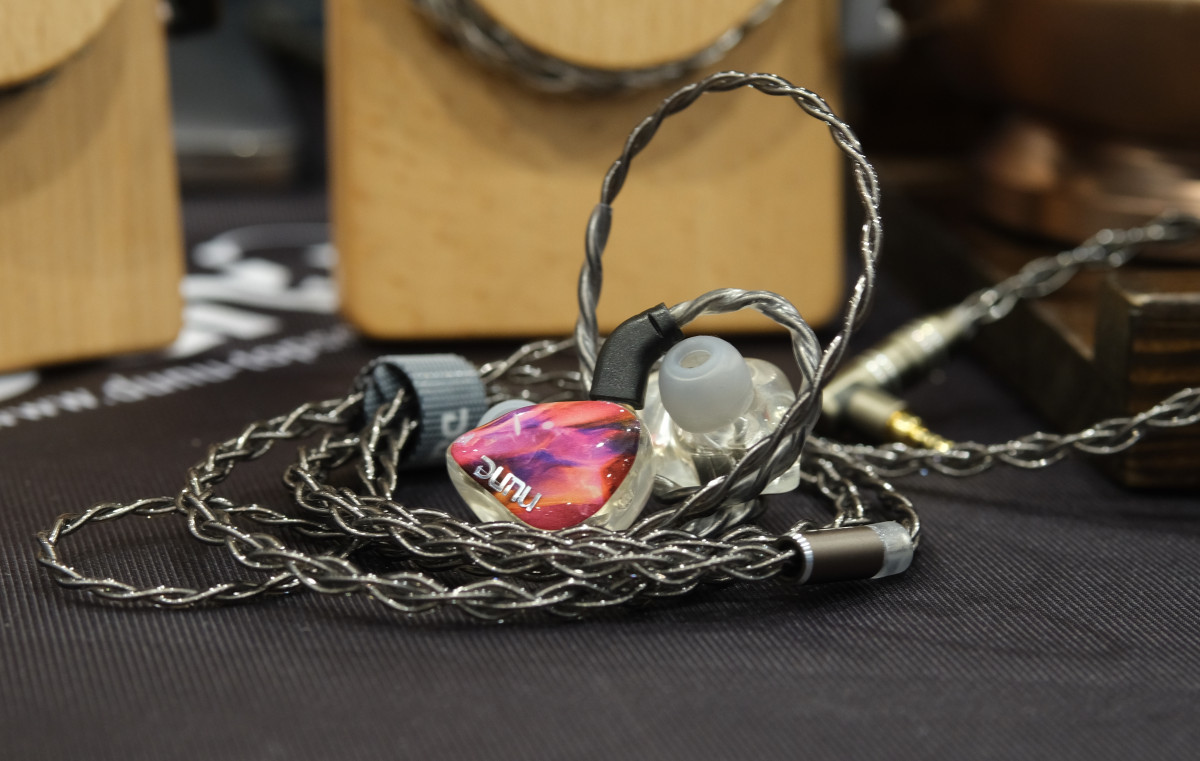
DUNU also showcased a couple new products surrounding their cables. I was told by Tom that they are aiming to bring the "lite" version (found on the new Falcon Pro) of their legendary modular connectors to more cables in an effort to make inclusion of extra terminations more accessible. The much-anticipated Lightning connector for the more "premium" connector that characterizes the DUW-02 and the Blanche cables also made an appearance.
Finally, I had the opportunity to hear the Luna, DUNU’s single beryllium DD flagship IEM, again. While I still think the tonal balance on that IEM is undesirable, the dynamics of the Luna truly shine on second listen. It sounds unabashedly uncompressed with excellent contrast between quiet-to-loud swings and a great sense of immediacy and punch.
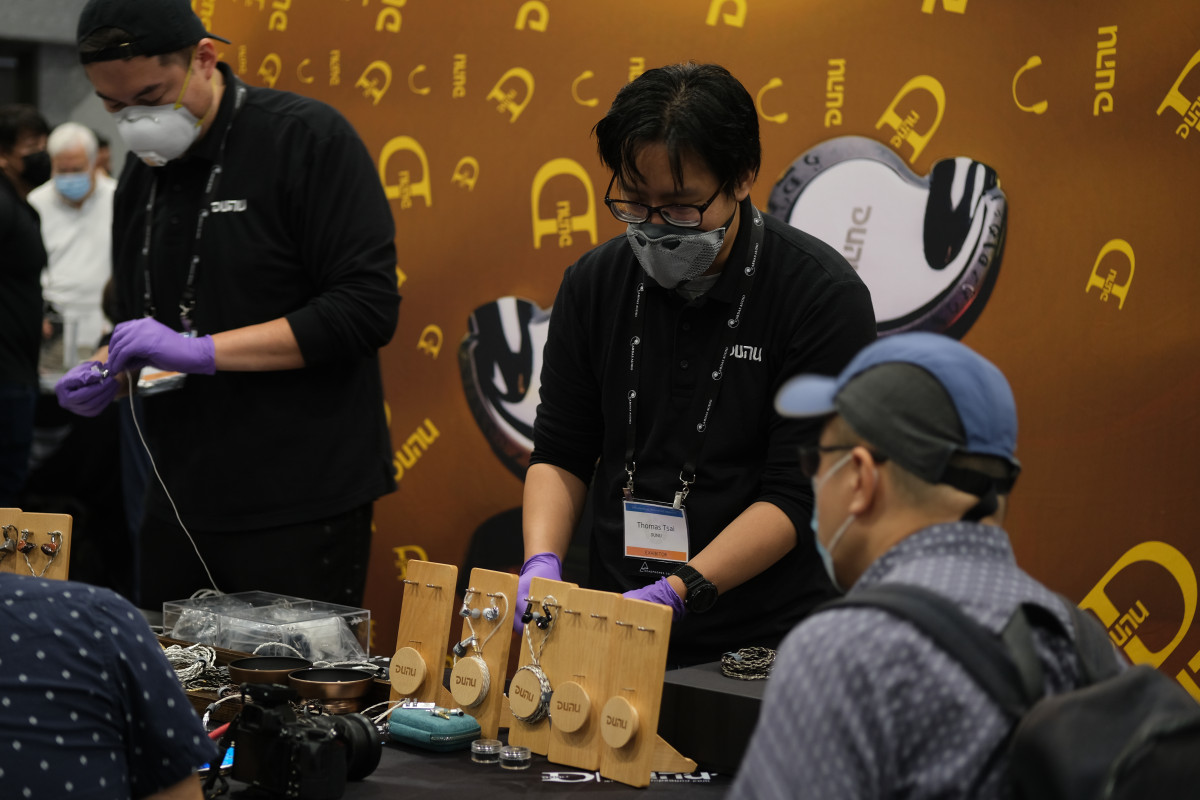
I gave our own EVO demo unit a quick listen last night, but I was absolutely exhausted so I didn't listen too closely. But wow. Listening to it again today cemented this as being a pretty remarkable IEM. And not necessarily for the tuning; the tuning is very much reminiscent of Empire Ear’s other flagship IEMs like the Odin and the LX SE. Very familiar territory to my ears. But the bass on this IEM is absolutely incredible in terms of both texture and reverb. It has little of the stretched, plasticky quality which I criticized the LX SE’s bass for, and again, reverb really is the name of the game here; the EVO demonstrates to me that bone conduction is no gimmick. As was further explained to me by Josh, the EVO actually cannot be used with foam ear tips because the bone conduction sound waves are too easily dissipated by the softer, more porous surface of foam.
That aside, the same reverb quality applies to the midrange to a lesser extent where I recall hearing some faint resonances echoing around the stage on certain tracks. And of course, you have Empire Ear’s signature (that is to say, mostly excellent) technicalities to back up the bombastic sound signature. Weaknesses? Treble is still probably the most unremarkable part of the EVO’s sound. It generally comes off as somewhat compressed intangibly, not unlike the LX SE I heard a while back, and with somewhat questionable extension.
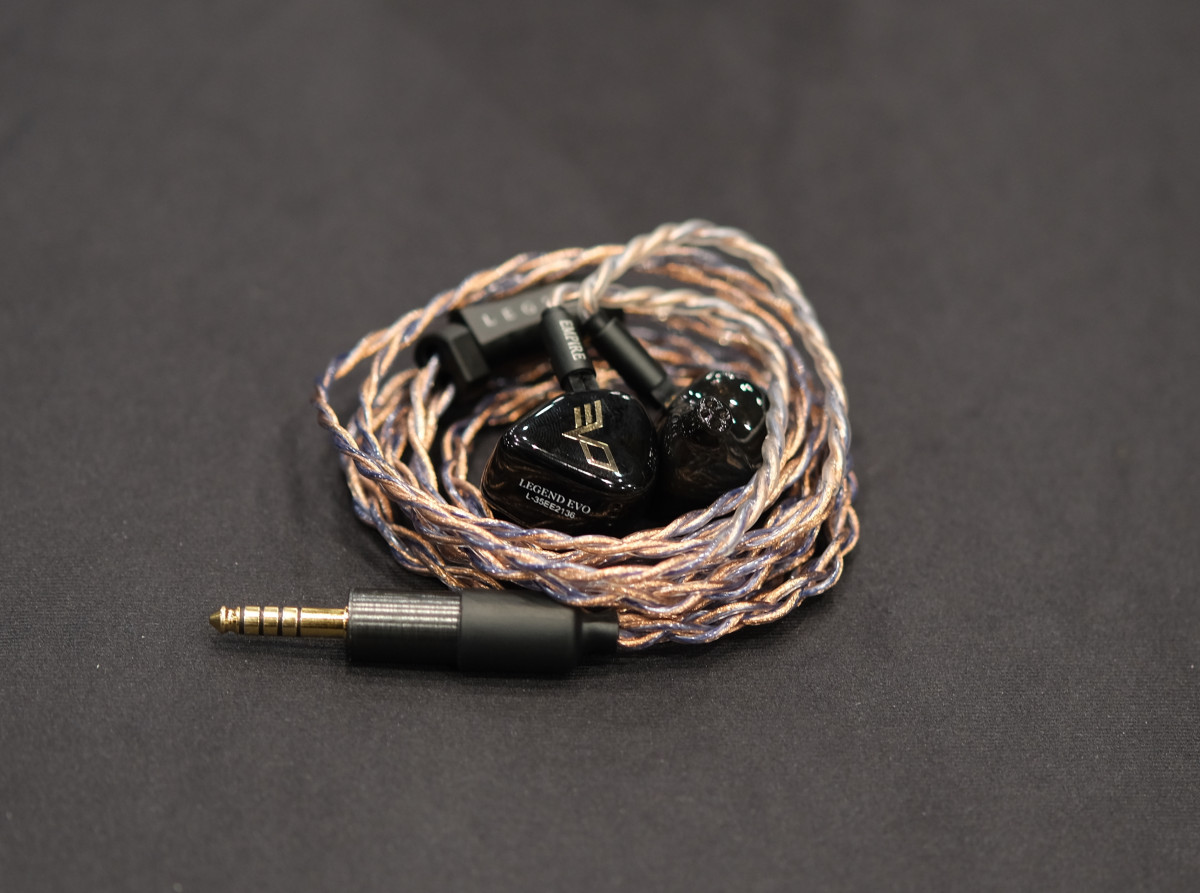

I had the opportunity to hear the Roxanne, Lola, Jolene, and JH 16v2. The JH Audio house sound is one that you’ll know when you hear it. It is generally characterized by good amounts of bass (although this varies depending upon the setting you have the bass dials on the cable at), an early rise to the pinna compensation, scooped upper-mids, and then a peak in the mid-treble at roughly 7kHZ. Frankly, most of these IEMs come across as quite bloated on the higher bass settings and equally tinny in the treble on the lower bass settings. The Lola was particularly bad, giving me the impression that male vocalists were singing into a box and I was standing behind them listening to the reverb. The Jolene came across as noticeably more forward in the midrange and treble than its peers; it would probably benefit from turning up the bass switch to balance it out, but I neglected to explore further.
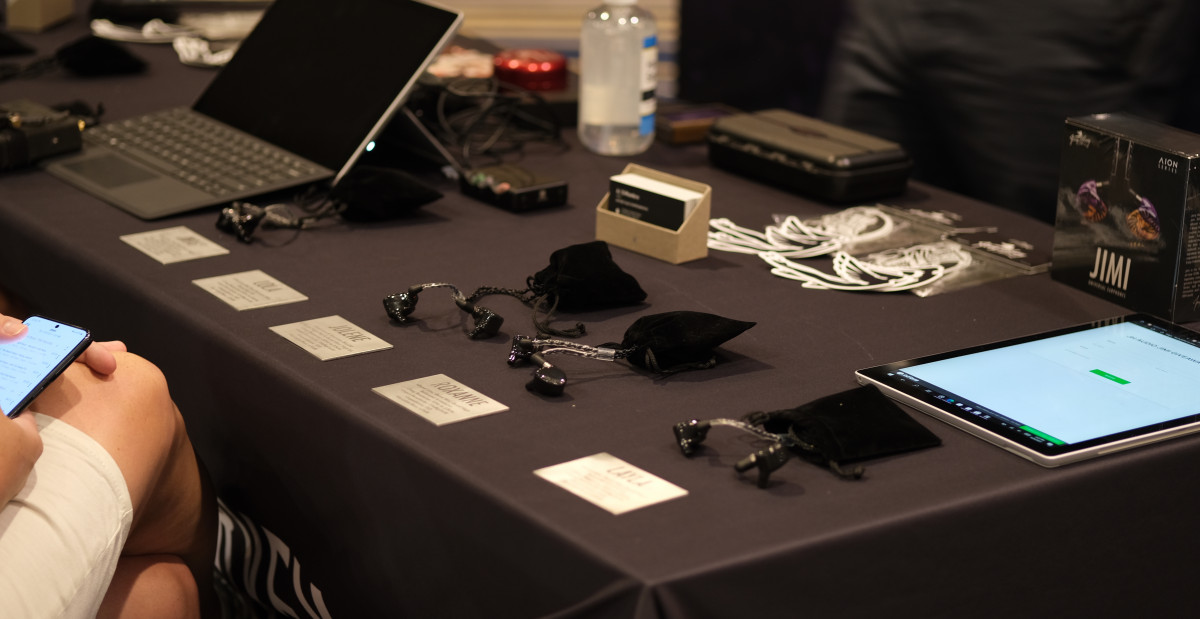
For reasons unbeknownst to me, these are a popular review request on YouTube. The Meze Rai Penta is often described as being a Meze Empyrean in IEM form; I suppose they do harken to the Empyrean in some respects. This similarity is definitely noticeable in the warm, sub-1kHz shelf. Bass itself is OK for a dynamic driver, perhaps slamming just a tad harder than the Symphonium Helios in A/B, but clearly falling behind in terms of control. The midrange on the Rai Penta generally sounds off. The Penta also has lackluster treble extension and does not seem to resolve much further than surface detail not dissimilar to its headphone brethren. I can't say I was impressed.
The Khan was a surprise. It has a very “hybrid” IEM sound wherein I can tell that there are different drivers tokening its respective frequency bands. The piezo-eletric tweeter, in particular, has a sharp tactility to it that stands out against the softer dynamic-driver bass. But for a general sense of technicalities, the Khan is a strong performer with solid note definition and detail. Definitely playing in the flagship range there. Tonally, I’m not sure how to exactly classify this IEM. Bass is definitely not neutral with more of a sub-bass emphasis, the upper-midrange is slightly forward, and there’s some boost to the mid-treble. Perhaps something of a W-shape. My biggest critique of this IEM would be that it doesn’t sound very natural; it definitely has some timbral inconsistencies and dynamics are generally flat to upwards-compressed. But a good surprise overall.
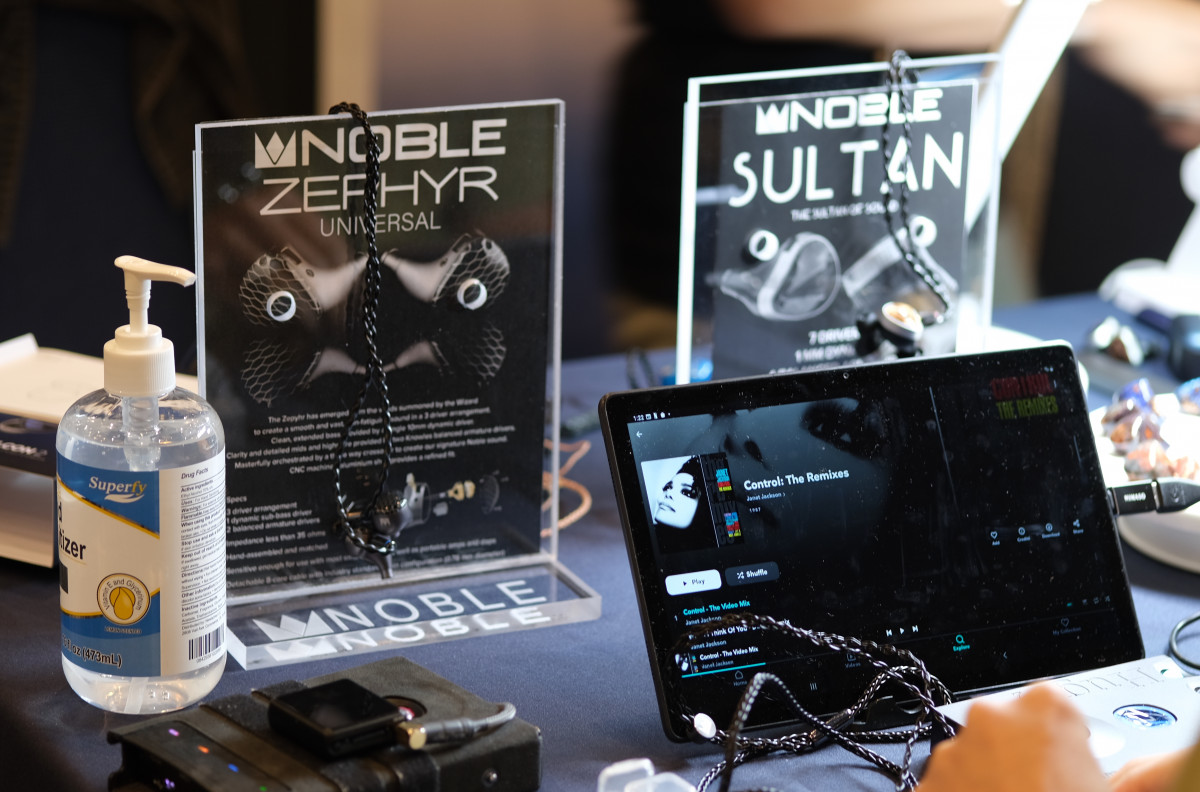
I’ll tell you what isn’t a good surprise: the Zephyr. The Zephyr has a warm, dark tonality with almost zero treble extension after 10kHz. Outside of this, it generally sounds more V-shaped with blunted bass and a recessed midrange until, perhaps, there’s an awkward bump at the 3-4khz presence region. Unfortunately, it’s a no-go from me on the basis of intangibles too. I had to double-check to confirm that the Zephyr was a hybrid using a dynamic driver because the bass on it was nearly textureless and didn’t slam at all.
But enough talking about the Zephyr because I couldn't stop taking my eyes off of Noble Audio's blinged-out Sultan while listening:
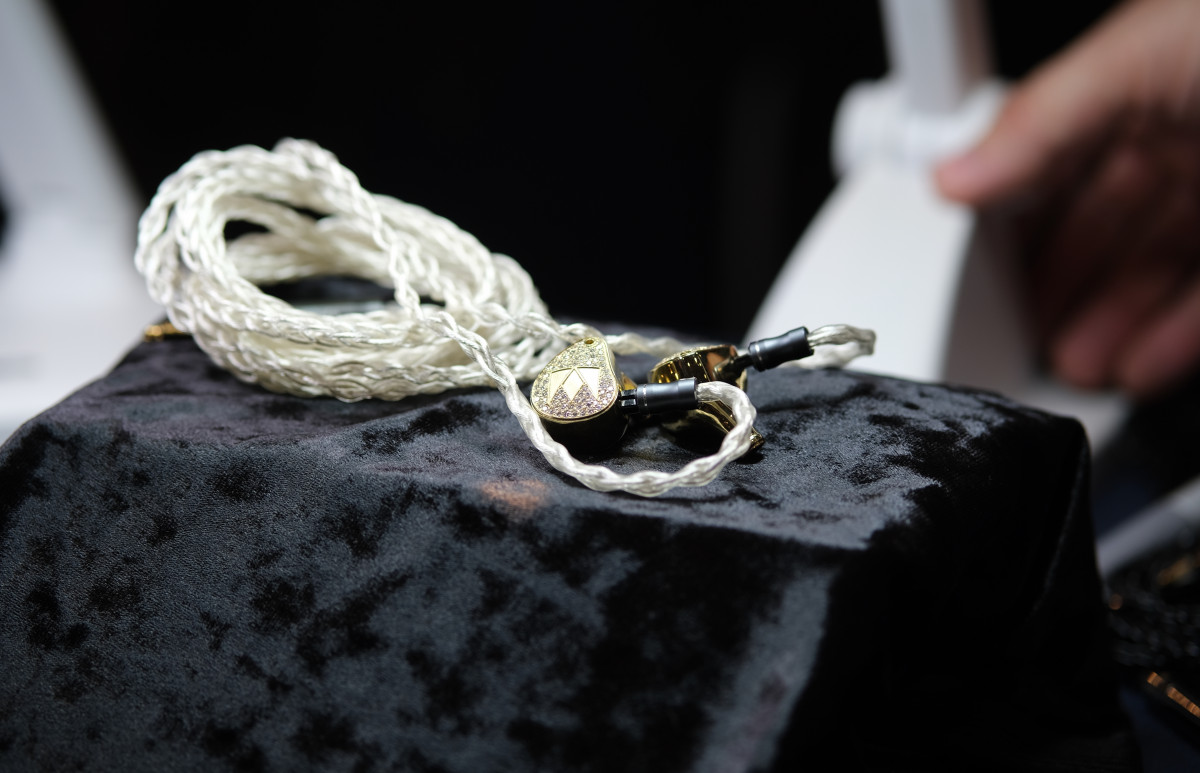
TRI Starlight
Unfortunately, I was not able to demo these for long due to them being physically painful to hear. I think the Starlight had a decent tonal balance...until I hit the upper-midrange and treble. And the treble, oh my, is the definition of a trainwreck. It skews straight up into the air frequencies, making the Starlight quite possibly the brightest IEM that I have heard - perhaps even brighter than the maligned Tin HiFi P2. There’s literally so much treble that it’s somehow making the upper-midrange sound sibilant, perhaps due to the high contrast. Needless to say that this IEM is a major pass from me.
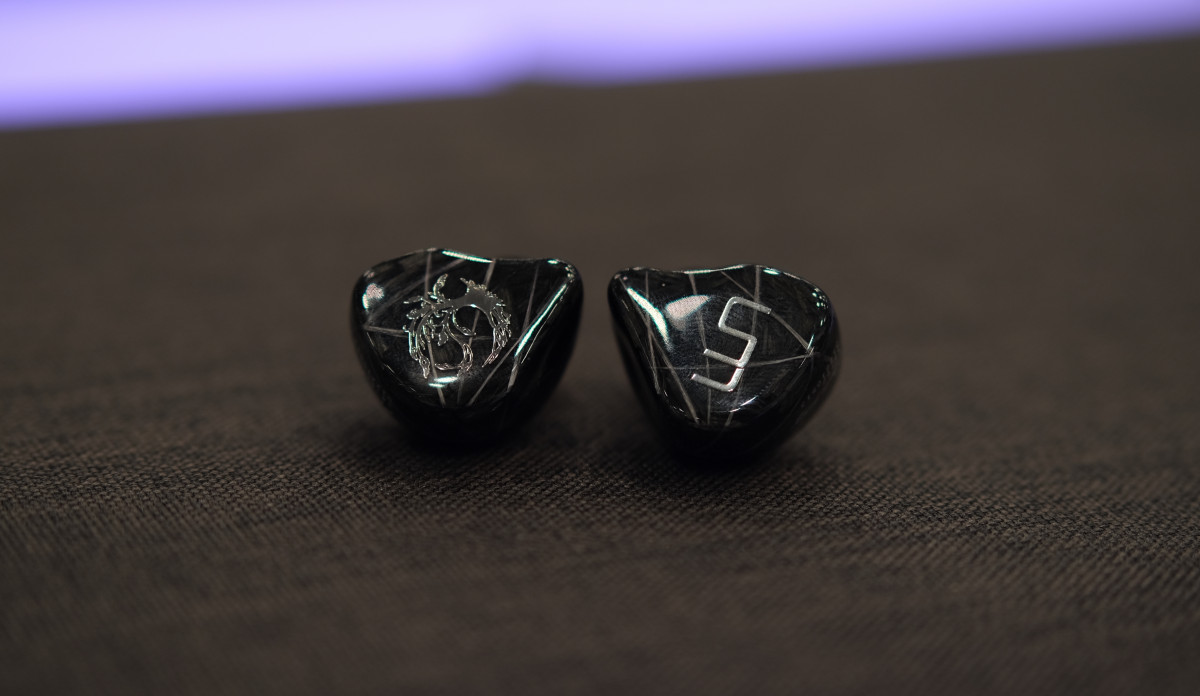
UM’s $4500 flagship IEM behemoth. I was given the opportunity to demo this IEM thanks to a very generous forum member (shoutout to speleofool!) who was bringing this IEM around with the elusive Oriolus Traillii which I have heard in the past.
But back to the FuSang. In a nutshell, the FuSang is just alright. It has a warmer, more relaxed signature from the bottom up to the treble regions. Then right at around 6-7kHz, there is a strong spike to the treble regions. I think UM might have been trying to go for a CFA Andromeda-style sound signature with this; unfortunately, the tonal balance stuck here is not quite correct to my ears and it lacks that “special sauce” the Andromeda has. That’s also ignoring this IEM’s technical performance which is reminiscent, at least to me, of around the kilobuck price point. Notes sound big, but generally blunted in comparison to the Symphonium Helios in A/B. Bass performance is ehh, slightly above average for BA - I’ll give it that - but nothing that grabs my attention, especially for the high price. Dynamics are not particularly compressed, but they’re also soft and lack aplomb. Disregarding price entirely, I have to admit that I prefer both the MEST and MEST MKII over the FuSang.
I haven’t had the opportunity to hear Westone’s IEMs thus far in my IEM journey, but that changed today with the Pro X20, an entry-level model, and the W80 V3, their flagship 8BA. Quite frankly, though, these were pretty disappointing. The Pro X20 sports a mainstream-y, more V-shaped signature with good amounts of mid-bass and what sounds like a 5kHz peak in the treble. I suspect that the transition from the pinna to the upper-mids is also off, as there’s definitely some sharpness (read: sibilance) going on with female vocals. The W80 didn’t fare much better; however, I neglected to take notes.
